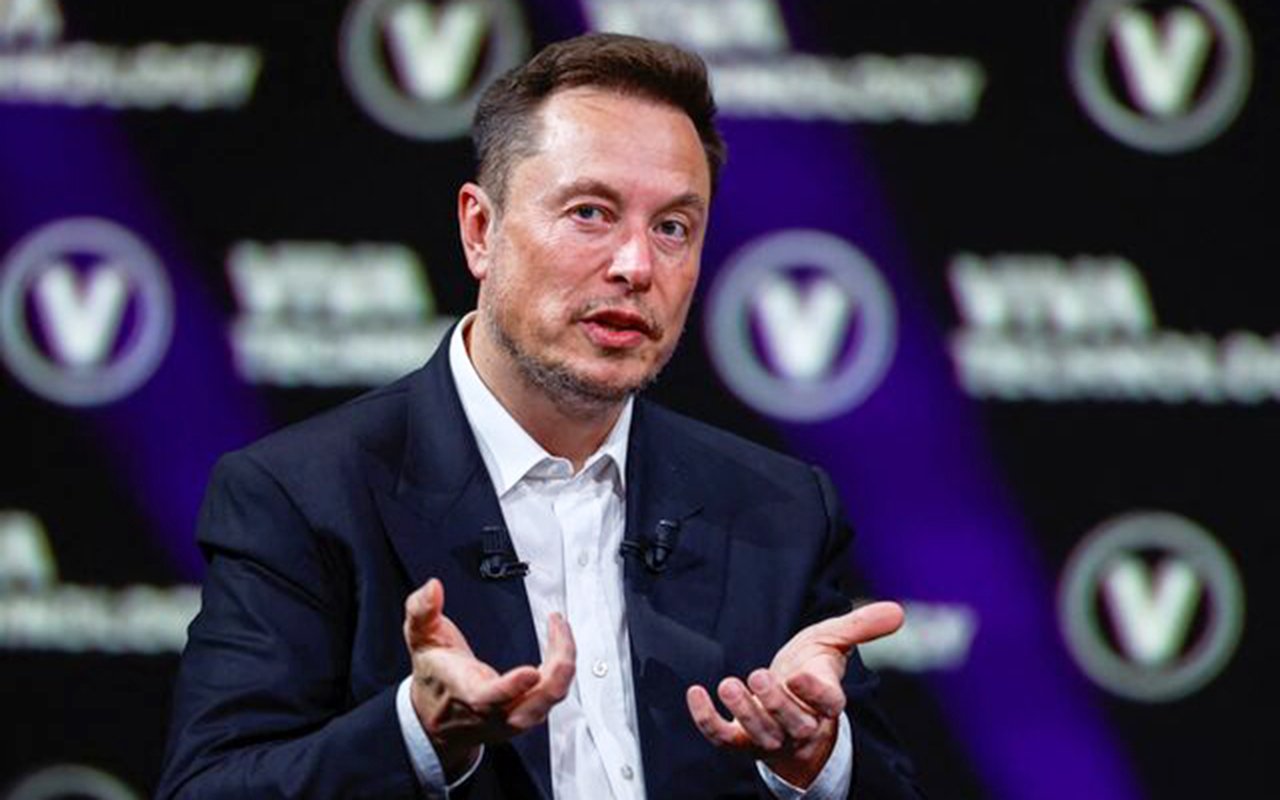US campaign model will affect Africa

President Barack Obama’s campaign trails were often times joined by celebrities like rapper Jay Z (L). PHOTO BY AFP
What you need to know:
Dominating the world? It is estimated that US consultants, alone, have already worked in more than half of the countries in the world. This year, that tally will only grow as firms reach out to more uncharted international territory after their deployment in November’s US elections.
Whether it is the parliamentary and presidential elections in Kenya in March, the parliamentary election in Guinea or the presidential election in Madagascar (both scheduled for May), or the parliamentary elections in Rwanda in September, the precise outcome of several key national polls in Africa in 2013 is uncertain.
What is far more sure, however, is that foreign political consultants will be working behind the scenes in many of these countries trying to steer candidates to success.
It is estimated that US consultants, alone, have already worked in more than half of the countries in the world. This year, that tally will only grow as firms reach out to more uncharted international territory after their deployment in November’s US elections.
It is estimated by the Center for Responsive Politics that the overall cost of the 2012 US presidential and congressional elections was some $6 billion. Of that massive sum, consultants earned a significant slice for their services, including polling, campaign strategy, telemarketing, digital advice, air-charter services, and producing advertisements.
While the success, internationally, of this army of US consultants is mixed, the phenomenon has had a lasting impact, prompting what some have called the globalisation of politics. However, in the eyes of critics it is an international triumph of spin over substance that has tended to promote more homogenous campaigns with a repetitive, common political language.
As James Harding, the former editor of the Times of London, documents in Alpha Dogs, the origins of this phenomenon lie in the 1960s and 1970s. It was then that US political consultants began exporting US political technologies and tactics into Latin America and, then, ultimately across the globe.
A key underlying premise is that those technologies and tactics can achieve success just about anywhere. Thus, many foreign countries are sometimes deemed as mere international counterparts of US election battleground states such as Ohio and Florida.
What started as international elections and campaigning work soon branched out into providing more foreign governments, leaders and bodies such as tourism and investment authorities with international communications advice and ultimately what is now known as ‘country branding’. Country branding is founded on the realisation that, in an overcrowded global information market place, countries and political leaders are, in effect, competing for the attention of investors, tourists, supranational organisations, non-government organisations, regulators, media and consumers.
In this ultra-competitive environment, reputation can be a prized asset (or potentially big liability) with a direct effect on future political, economic, social and cultural fortunes. In some cases, a single highly damaging episode can fundamentally damage a country’s standing, as China found after Tiananmen Square. In such situations, an approach involving a long recovery to rebuild that which is lost is often required.
Some countries may simply wish to promote an opportunity based on a specific single goal, such as wanting to attract more foreign direct investment or increasing tourism -- as the present ‘Incredible India’ campaign illustrates. Other states, for example Georgia, Rwanda and the Maldives, may want to establish a presence in the public mind because of fears about a specific issue (such as Russian preponderance, building sympathy among donors and investors and tourism in the short term, and/or climate change in the long term, respectively).
In general, the most effective country strategies align all key stakeholders (across the public, private and third sectors) around a single powerful vision. A good example here is New Zealand which, since the 1980s, has transformed itself from earlier perceptions of being a relatively remote economic backwater which, despite its scenic beauty, was not a major global tourist destination.
Especially in the midst of a difficult economic climate in the early 1980s, partly caused by the country’s loss of preferred trading status with the United Kingdom (one of the nation’s then major export markets), the ‘New Zealand Way’ initiative recognised that a strong country reputation for quality would be hugely beneficial if the nation was to compete in global export markets. Here, the massive untapped potential of the country’s natural environment was recognised, not just in terms of natural produce exports, but also for building a destination brand for tourism and outdoor sports.
The New Zealand example underlines how a simple, unified vision can be enormously powerful. To be sure, the country is not unique in having an unspoiled natural environment and quality produce. But it has managed to capture the world’s imagination with its consistent branding that has put natural values firmly at its core.
Today, of course, it is not just US political consultants who are blazing a trail in the country branding industry. London, for instance, has become a major country branding centre fuelled by its favourable European time zone between Asia, the Middle East, Africa, and the Americas.
Looking to the future, demand for country branding is only likely to grow given the increasing complexity and overcrowded nature of the global information market place. Indeed, in Asia, Africa and the Middle East, much of which remains uncharted territory for the industry, globe-trotting firms may be on the very threshold right now of some of the most challenging work they have yet encountered.
Hammond is a former Special Adviser in the Government of Prime Minister Tony Blair.



